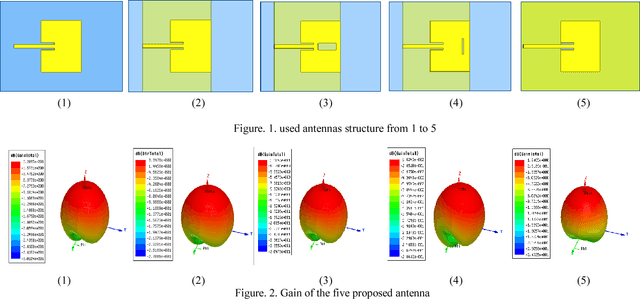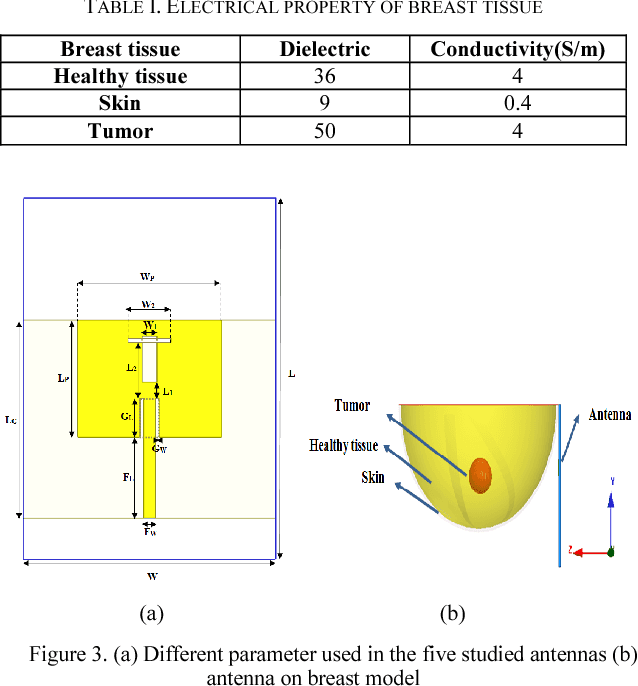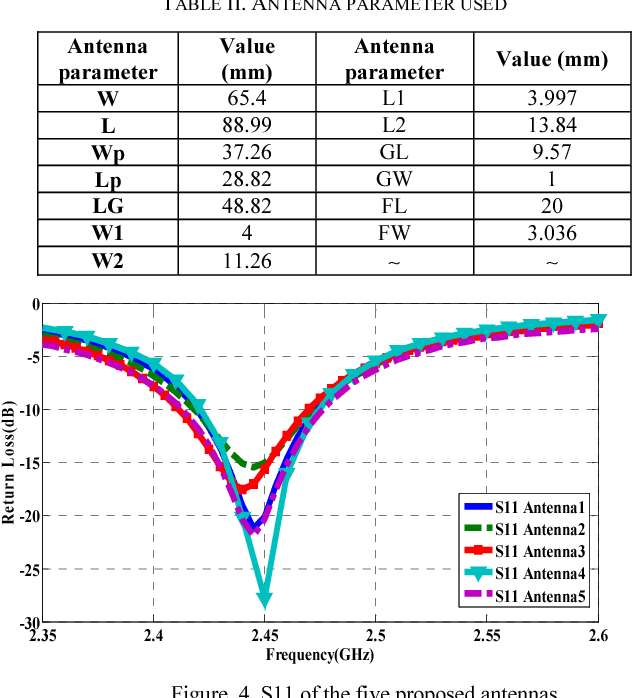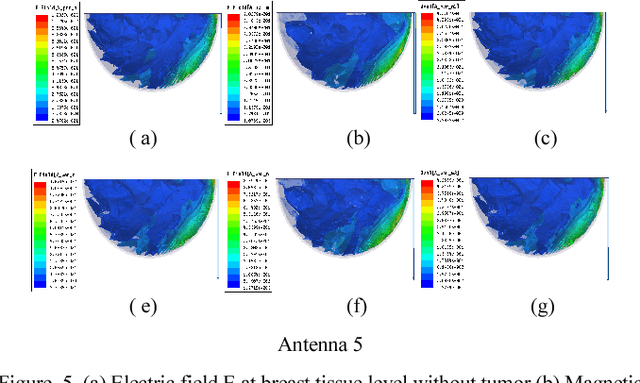Jaouhar Fattahi
Impact of Feature Encoding on Malware Classification Explainability
Jul 10, 2023



Abstract:This paper investigates the impact of feature encoding techniques on the explainability of XAI (Explainable Artificial Intelligence) algorithms. Using a malware classification dataset, we trained an XGBoost model and compared the performance of two feature encoding methods: Label Encoding (LE) and One Hot Encoding (OHE). Our findings reveal a marginal performance loss when using OHE instead of LE. However, the more detailed explanations provided by OHE compensated for this loss. We observed that OHE enables deeper exploration of details in both global and local contexts, facilitating more comprehensive answers. Additionally, we observed that using OHE resulted in smaller explanation files and reduced analysis time for human analysts. These findings emphasize the significance of considering feature encoding techniques in XAI research and suggest potential for further exploration by incorporating additional encoding methods and innovative visualization approaches.
Damaged Fingerprint Recognition by Convolutional Long Short-Term Memory Networks for Forensic Purposes
Dec 30, 2020



Abstract:Fingerprint recognition is often a game-changing step in establishing evidence against criminals. However, we are increasingly finding that criminals deliberately alter their fingerprints in a variety of ways to make it difficult for technicians and automatic sensors to recognize their fingerprints, making it tedious for investigators to establish strong evidence against them in a forensic procedure. In this sense, deep learning comes out as a prime candidate to assist in the recognition of damaged fingerprints. In particular, convolution algorithms. In this paper, we focus on the recognition of damaged fingerprints by Convolutional Long Short-Term Memory networks. We present the architecture of our model and demonstrate its performance which exceeds 95% accuracy, 99% precision, and approaches 95% recall and 99% AUC.
Circular Antenna Array Design for Breast Cancer Detection
Jan 15, 2018



Abstract:Microwave imaging for breast cancer detection is based on the contrast in the electrical properties of healthy fatty breast tissues. This paper presents an industrial, scientific and medical (ISM) bands comparative study of five microstrip patch antennas for microwave imaging at a frequency of 2.45 GHz. The choice of one antenna is made for an antenna array composed of 8 antennas for a microwave breast imaging system. Each antenna element is arranged in a circular configuration so that it can be directly faced to the breast phantom for better tumor detection. This choice is made by putting each antenna alone on the Breast skin to study the electric field, magnetic fields and current density in the healthy tissue of the breast phantom designed and simulated in Ansoft High Frequency Simulation Software (HFSS).
Fusion of ANN and SVM Classifiers for Network Attack Detection
Jan 10, 2018


Abstract:With the progressive increase of network application and electronic devices (computers, mobile phones, android, etc.) attack and intrusion, detection has become a very challenging task in cybercrime detection area. in this context, most of the existing approaches of attack detection rely mainly on a finite set of attacks. These solutions are vulnerable, that is, they fail in detecting some attacks when sources of informations are ambiguous or imperfect. However, few approaches started investigating in this direction. This paper investigates the role of machine learning approach (ANN, SVM) in detecting a TCP connection traffic as a normal or a suspicious one. But, using ANN and SVM is an expensive technique individually. In this paper, combining two classifiers are proposed, where artificial neural network (ANN) classifier and support vector machine (SVM) are both employed. Additionally, our proposed solution allows to visualize obtained classification results. Accuracy of the proposed solution has been compared with other classifier results. Experiments have been conducted with different network connections selected from NSL-KDD DARPA dataset. Empirical results show that combining ANN and SVM techniques for attack detection is a promising direction.
 Add to Chrome
Add to Chrome Add to Firefox
Add to Firefox Add to Edge
Add to Edge